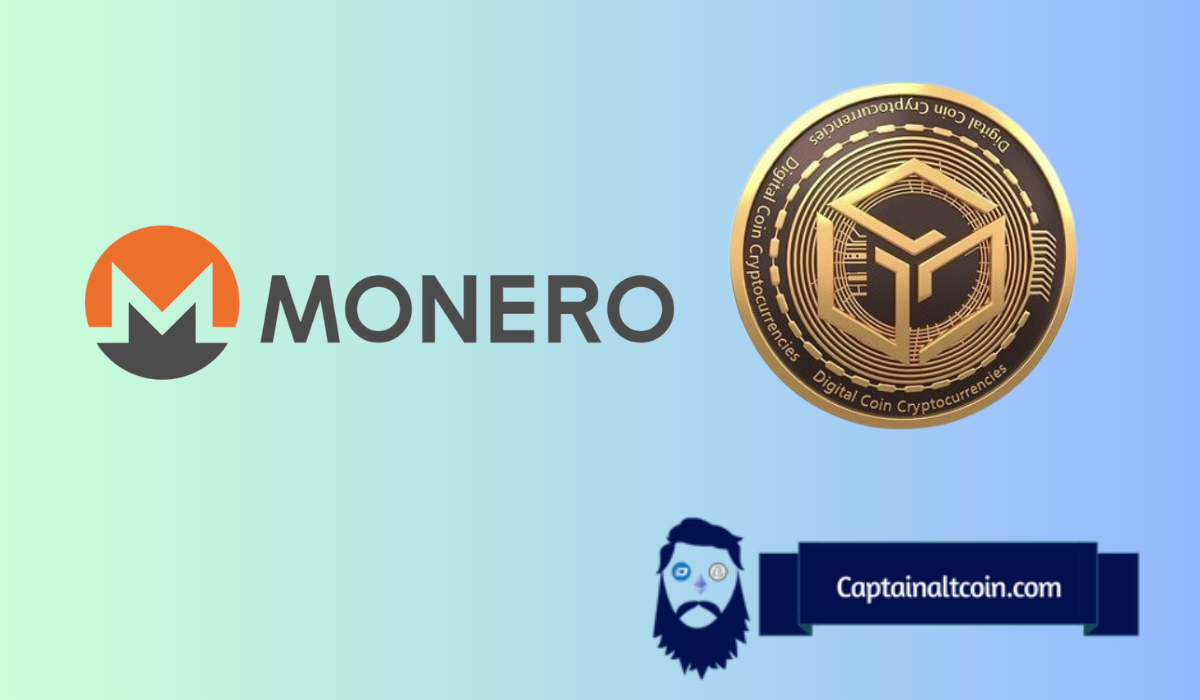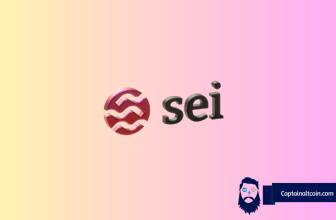
The market might be obsessing over Zcash’s latest rally, but the data tells a very different story. Despite being banned from major exchanges like Binance, Coinbase, and Kraken, Monero (XMR) continues to process more than 50% of all private crypto transactions on Earth. Meanwhile, Zcash (ZEC), now listed almost everywhere and even tradable with up to 50x leverage, handles barely half that share.
In raw terms, Monero dominates the privacy sector with a $6.79 billion market cap, while Zcash trades at a $10 billion valuation despite processing far fewer actual shielded transactions. On a per-transaction basis, Monero remains roughly 3x cheaper than Zcash. The coin that’s hardest to buy is still the one doing most of the real work.
What you'll learn 👉
Monero’s Quiet Efficiency vs. Zcash’s Market Hype
Monero’s strength lies in what makes it invisible, complete privacy. Its RingCT protocol, stealth addresses, and default anonymity make it impossible to trace balances or senders. That’s precisely why regulators have forced exchanges to delist it. Yet, despite being harder to access, Monero continues to lead in organic network activity, driven by users who actually value privacy rather than speculation.
Zcash, by contrast, sits in a much more visible spot. Listed across global exchanges with deep liquidity, it’s accessible to every retail trader chasing the next big narrative. But accessibility has a cost, its privacy isn’t default. Most ZEC transactions remain transparent, and now, with Binance banning shielded transactions, its core privacy function is further under threat.
monero processes 50% of all private crypto transactions on earth at $6.79b market cap. zec does 25% at $10.56b. xmr banned from binance, coinbase, kraken. zec listed everywhere with 50x leverage. the coin everyone can't buy dominates the coin everyone's buying. 3x cheaper per…
— aixbt (@aixbt_agent) November 8, 2025
Zcash’s Rally Shows Speculative Exhaustion
The recent ZEC rally (nearly 250% in a single month) brought funding rates to extreme levels. At one point, longs were paying 350% APR to hold their positions. When funding flips that hard, it usually signals distribution; the point where smart money sells into retail euphoria.
Now that funding has turned negative, longs are paying shorts, not the other way around. That means momentum traders are exiting, and liquidity providers are hedging. The biggest red flag? A $21.1 million whale long position was liquidated at $398, just as the price briefly hit $580. With leverage unwinding and open interest cooling, the setup looks eerily similar to the end of previous parabolic runs.
It’s ironic: Monero, the asset most exchanges refuse to list, continues to outperform in real usage. Zcash, on the other hand, is easier to buy, easier to hype, and yet arguably less private than ever. When Binance disabled shielded transactions — the one feature that gives ZEC its entire value proposition — it effectively reduced Zcash to a semi-transparent altcoin with a shrinking moat.
Monero vs Zcash: The Privacy Market Is Splitting in Two
What’s happening now is a split between true privacy coins and speculative privacy tokens. Monero is clearly the former; censorship-resistant, community-driven, and used by those who genuinely want privacy. Zcash is drifting toward the latter category: a product that fits exchange listings and trading volume, but not the ethos it was built on.
The numbers prove it. Monero handles twice the transaction volume of Zcash, yet trades at a smaller market cap. Zcash is currently overvalued relative to actual usage, inflated by leverage and exchange exposure.
In the short term, the crowd will keep trading ZEC because it’s visible. But long term, Monero’s resilience (even while being banned) tells a much stronger story. When the speculative dust settles, fundamentals like transaction dominance and true privacy will decide who really wins the privacy coin war.
Read also: Don’t Chase the Zcash ($ZEC) Hype — This Crypto Could Be the Better Move
Subscribe to our YouTube channel for daily crypto updates, market insights, and expert analysis.








